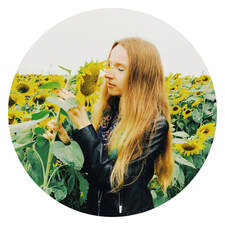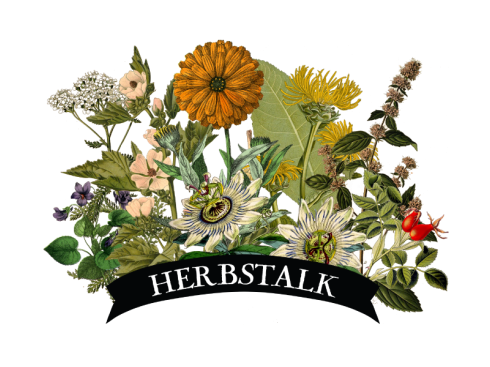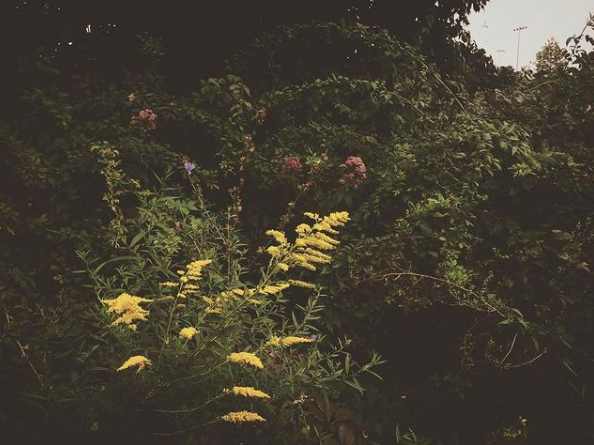All of this earthly excitement acts as a doorway, ushering in the pagan holiday of Lammas.
What is Lammas?
Lammas, sometimes referred to as Lughnasadh, is a time to celebrate the upcoming fall harvest. Depending on your spiritual practice, Lammas can also be (and traditionally is) a day to celebrate the Celtic God, Lugh. In Celtic mythology, he is portrayed as a master craftsman and skilled warrior. It’s no surprise that games and craft fairs were held in honor of his memory. In some Irish villages, members would hold a funeral feast in honor of Lugh’s mother, Tailtiu, who supposedly passed away from exhaustion after clearing Ireland’s plains for the harvest.
Baking bread and Lammas are also tied closely together. The world Lammas itself is derived from the old English phrase hlaf-maesse, which means loaf mass. In Ireland, it was good luck to wait until August 1st to pick the first sheaves of grain. By night, the farmer’s wife would rush to cook bread with new grains and make the first loaves to honor the harvest. If you were unable to use newly harvested grain, and had to reach for your previous years’ stash, it meant bad luck for the upcoming harvesting season.
Like many sabbats, gratitude remains at the center of any holiday. It’s important to remember that by celebrating the harvest’s abundance, we are celebrating our ancestors and their survival efforts. It’s a good time to cultivate gratitude for our food and farmland, and the blessings the land provides for sustaining humankind.
How Can I Celebrate Lammas?
Depending on your culture or individual practice, there are a variety of ways to celebrate Lammas. The most common ways including the following:
Decorate your altar: Using the colors of the season is a sacred way to honor Lammas. This includes a combination of oranges, reds, and dark yellows. Additionally, symbols of the harvest season, such as sickles and scythes, are placed on altars. These are accompanied by dried grains to celebrate the start of the harvest season. If you’re looking to brighten up your altar, consider adding sunflowers—the patron plant of Lammas—around its exterior.
Practice craftsmanship: Because the holiday is associated with the God Lugh, craftsmanship is a heavy theme that’s been carried on for centuries. Whether it’s painting, singing, or playing an instrument, Lammas is the perfect opportunity to learn a new craft or build on an old hobby. And don’t forget to share your new (and old) gifts with those around you to celebrate!
Bake bread: The center of Lammas revolves around baking bread. To have an abundant holiday dinner, bread-making is common across all families honoring the holiday. It’s the perfect way to bring families together to celebrate the harvest and home. Traditional Lammas feasts include each member taking turns breaking bread around the table. Consider doing the same with your family or by yourself. If you need inspiration, try this delicious recipe to create your own herbal-infused Lammas bread!
Create a Corn Dolly: Creating corn dollies is an old Lammas tradition that has carried into modern day. To make your own, use stalks of wheat, barley, or rye if you have access to these plants. Using yellow ribbon, lace the stalks into a corn dolly to outline the shape of a woman. During the doll creation process, express gratitude and thanks for your harvest. Place your corn dolly onto your Lammas altar as the center of celebrations. At Samhain, the pagan holiday marking the end of the harvest season, take the remains of your corn dolly from the altar and return them to the earth. This is symbolic of sowing seeds of a future harvest for the following year.
What Herbs and Plants are Associated with Lammas?
Like many holidays on the Wheel of the Year, certain herbs play an important role in each sabbat. For Lammas specifically, here are a few herbs that can add a little magic to your day:
Yarrow: Yarrow has taken on different meanings and symbolism throughout the centuries. It’s been known to be a herb that casts away evil spells and hexes. People believe that stringing it across the doorway will prevent evil spirits from entering their home. To use yarrow in your own Lammas practice, place it around your neck as a form of protection.
Goldenrod: The bright happiness of goldenrod has an infectious energy for anyone who practices with it. Its uplifting nature has been known to help those with depression and grief. If you’re feeling overwhelmed this holiday season, consider using goldenrod on your altar to brighten the atmosphere—and your spirits, too.
Vervain: The use of vervain can be traced back thousands of years for its role in spiritual and ceremonial services. In the Druidic tradition, many members believed vervain had supernatural powers to assist in getting in touch with the other side. Common vervain-based traditions during Lammas include healing rituals for those who need spiritual assistance. Use vervain essential oil as a blessing for your loved ones who need an extra health boost.
Meadowsweet: Also known as Bride of the Meadow, meadowsweet is another sacred herb of the Druids. Members would wear garlands made of meadowsweet around their neck during Lammas celebrations. If a Druidic wedding was taking place on Lammas, meadowsweet would be added to the bride’s bouquet. If you feel called to it, wear meadowsweet around your neck to honor the ancient tradition.
Mint: Another herb close to the Druids, mint is known for its healing and protection powers. During Lammas, mint was used to attract abundance into one’s life. One of the best ways to use mint during Lammas is during a tea ritual, such as making a drink that includes mint leaves. This is a great way to honor your body and bless it with seasonal health.
Final Thoughts on Lammas:
When celebrating Lammas, remember to choose the rituals that resonate with your heart. While there are a number of ways to honor the harvest, choose whichever practice you deeply connect with. Taking time to honor our earth and her abundance is important. Whether it’s baking bread, going on a walk, or meditating in the morning, take time to recognize the earth’s abundance—and magic—on this special day.





 RSS Feed
RSS Feed